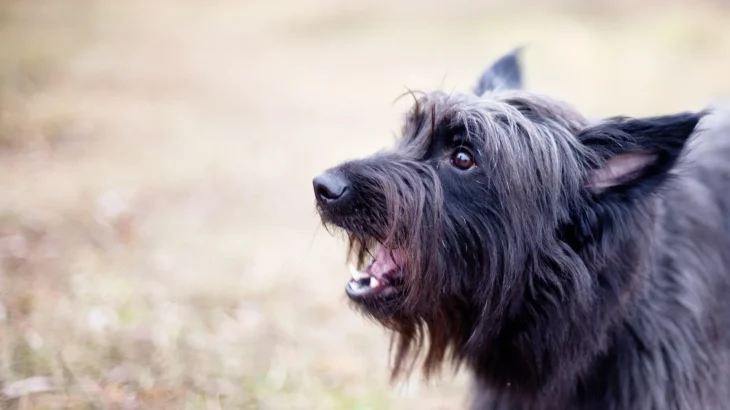Choosing between adopting or purchasing a Patterdale Terrier puppy depends on your priorities and circumstances. Buying from a breeder often offers more predictable health and lineage details, while adopting provides a chance to give a home to a dog in need, sometimes with less upfront cost. Both options require careful consideration of the dog's background and your commitment.
Adoption vs. Breeder: Pros & Cons
| Criteria | Buying from Breeder | Adopting from Shelter/Rescue |
|---|---|---|
| Cost | Usually higher initial cost, reflecting purebred status and breeder care. | Generally lower fees, often including vaccinations and spay/neuter. |
| Health History | Detailed health checks and genetic testing often provided. | Health history might be limited, but shelters provide basic health screening. |
| Age Availability | Primarily puppies, letting you raise from a young age. | Various ages available, including adults; may need to adjust expectations. |
| Temperament Insight | Breeders share lineage traits and early behavior info. | Shelter staff offer behavioral insights based on observations. |
| Supporting Practices | Supports regulated breeding; verify ethical standards. | Supports animal welfare by giving homes to dogs in need. |
| Risk of Genetic Disorders | Lower with reputable breeders doing health testing. | Potentially higher due to unknown backgrounds, but many dogs are healthy. |




















































